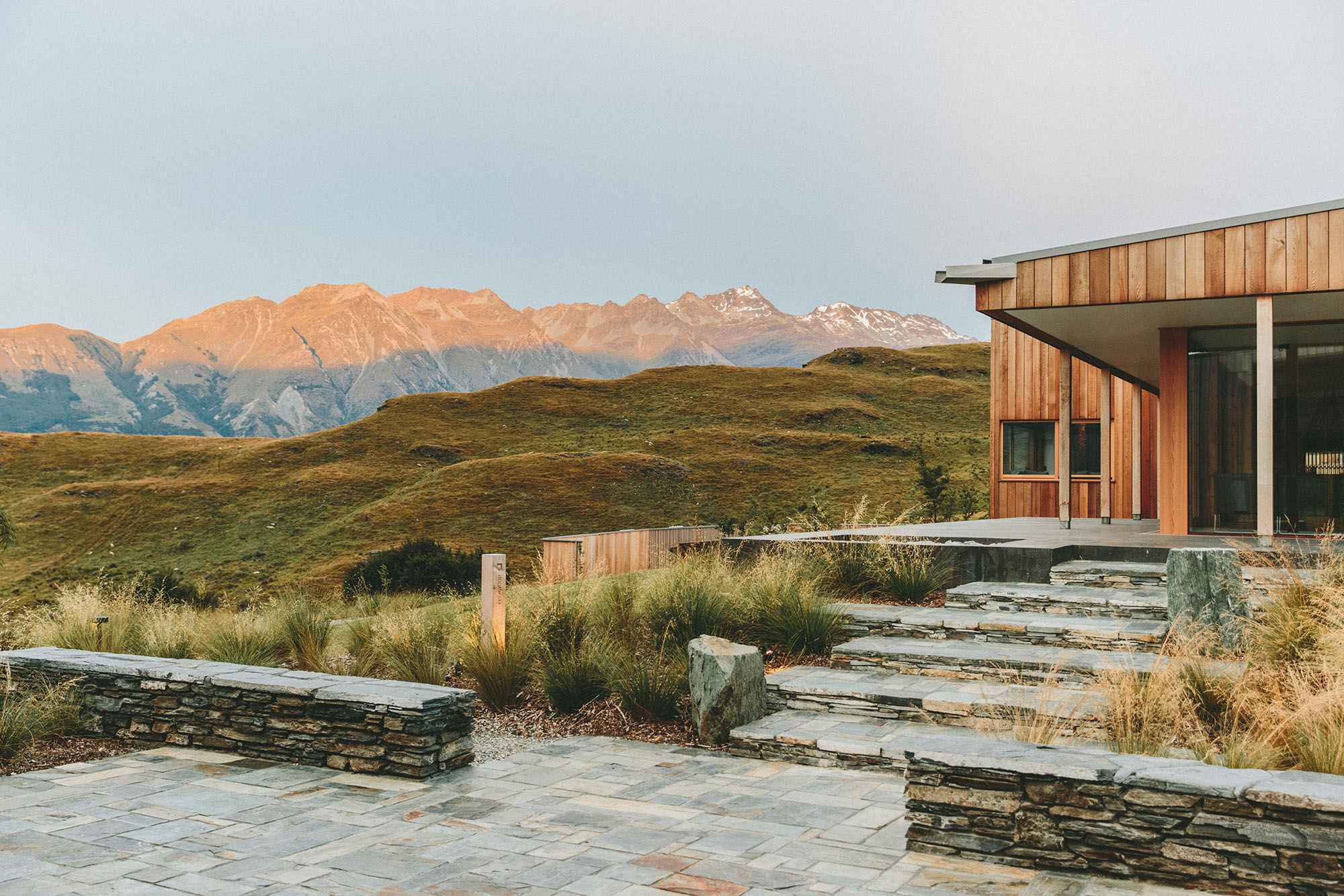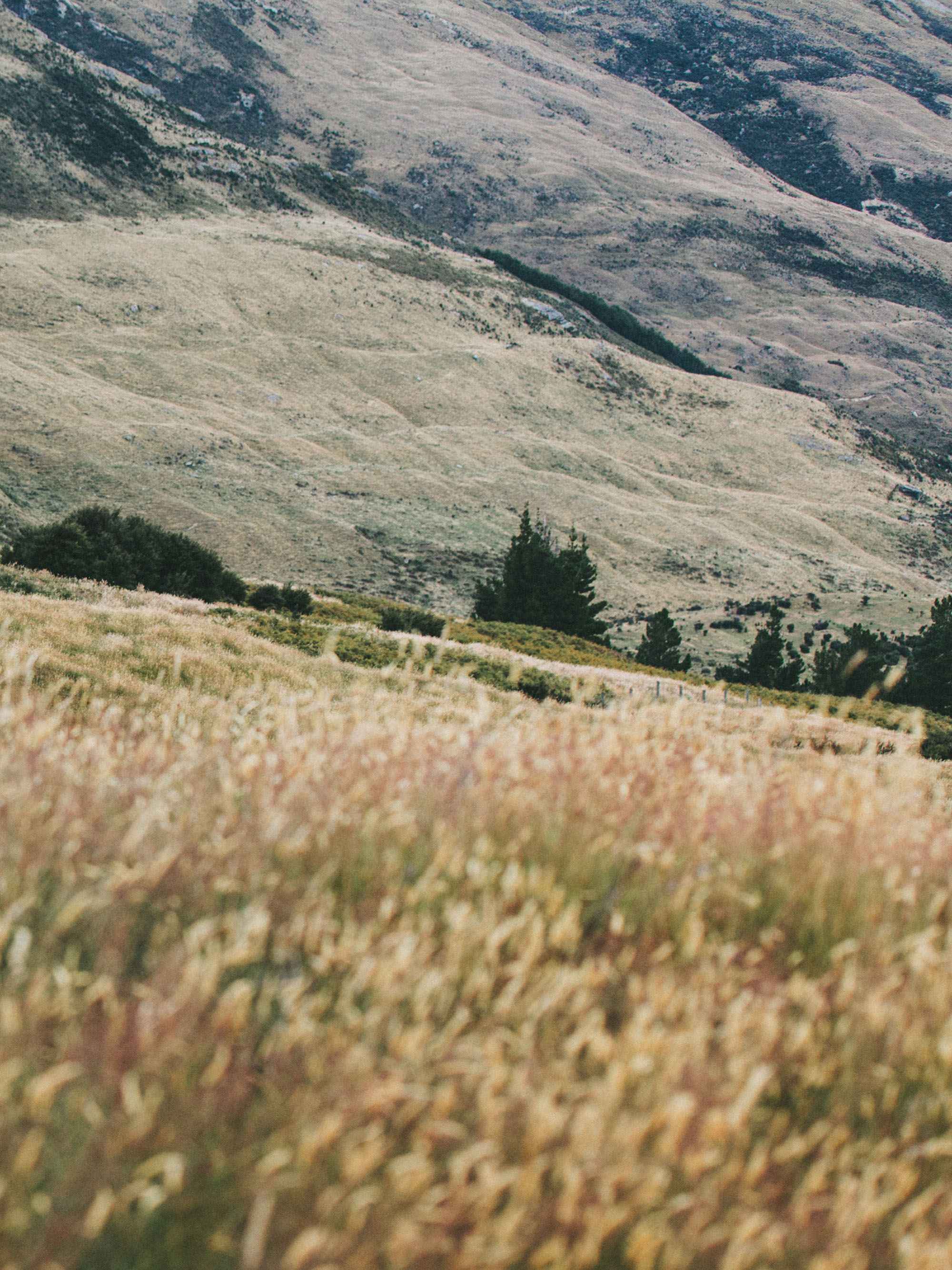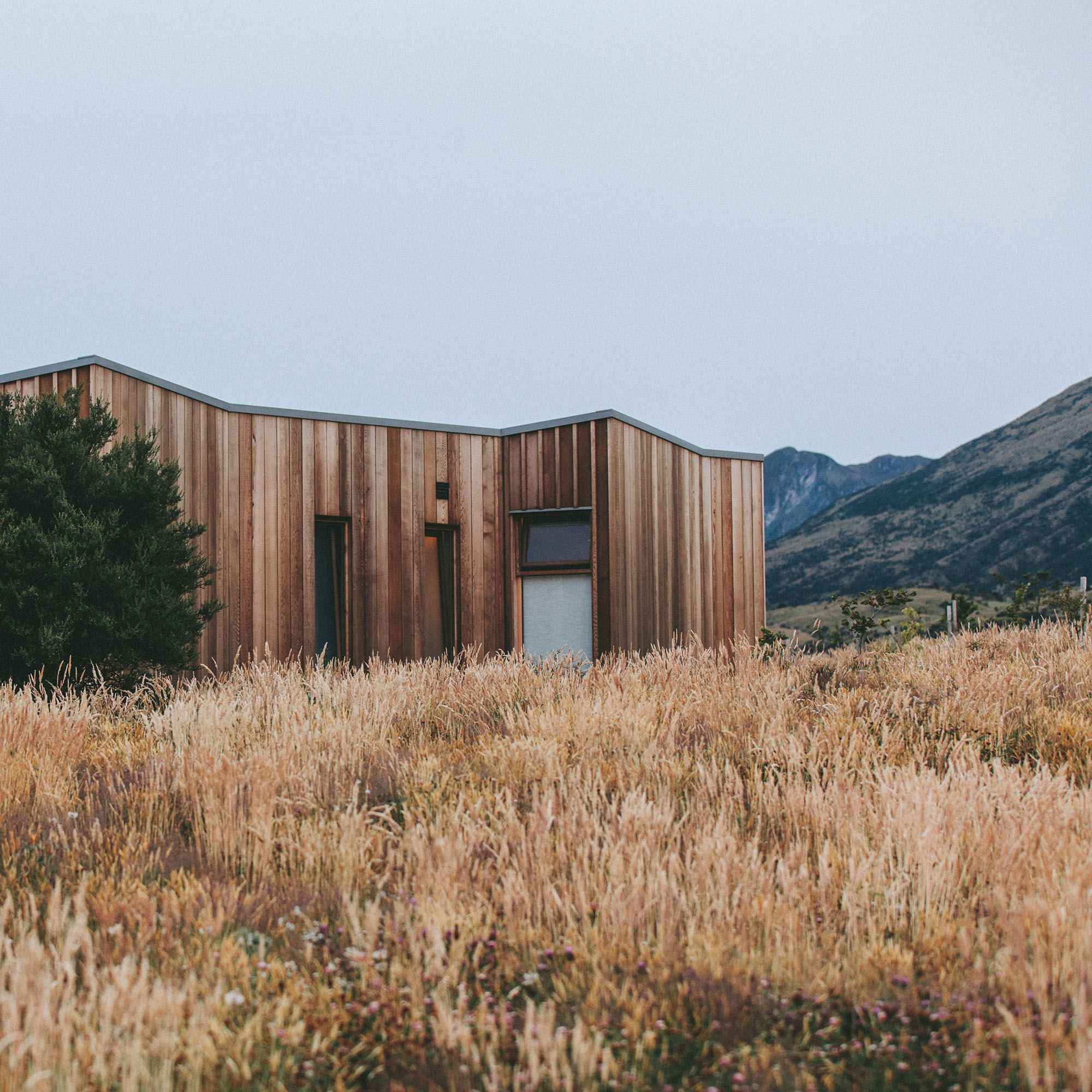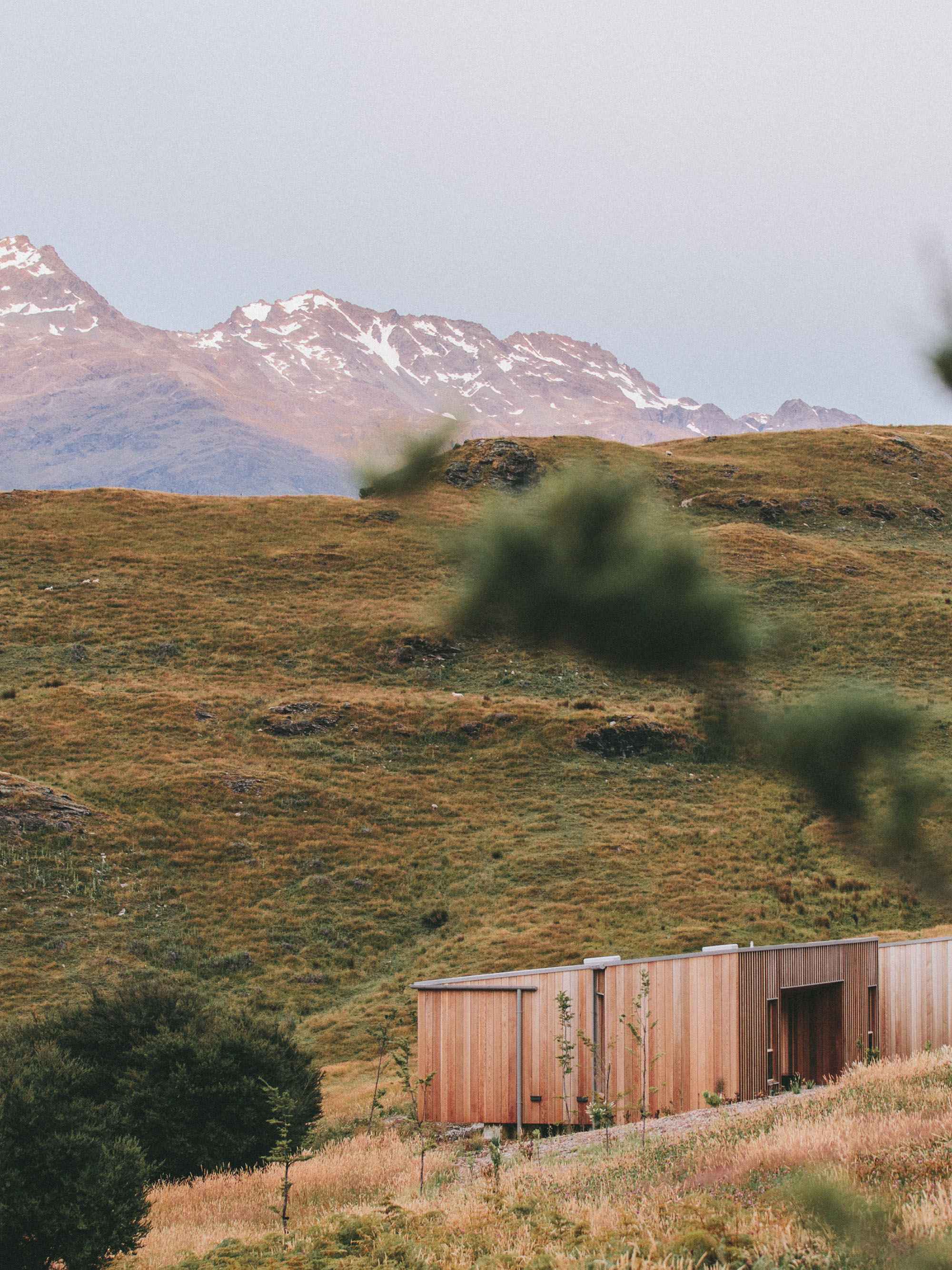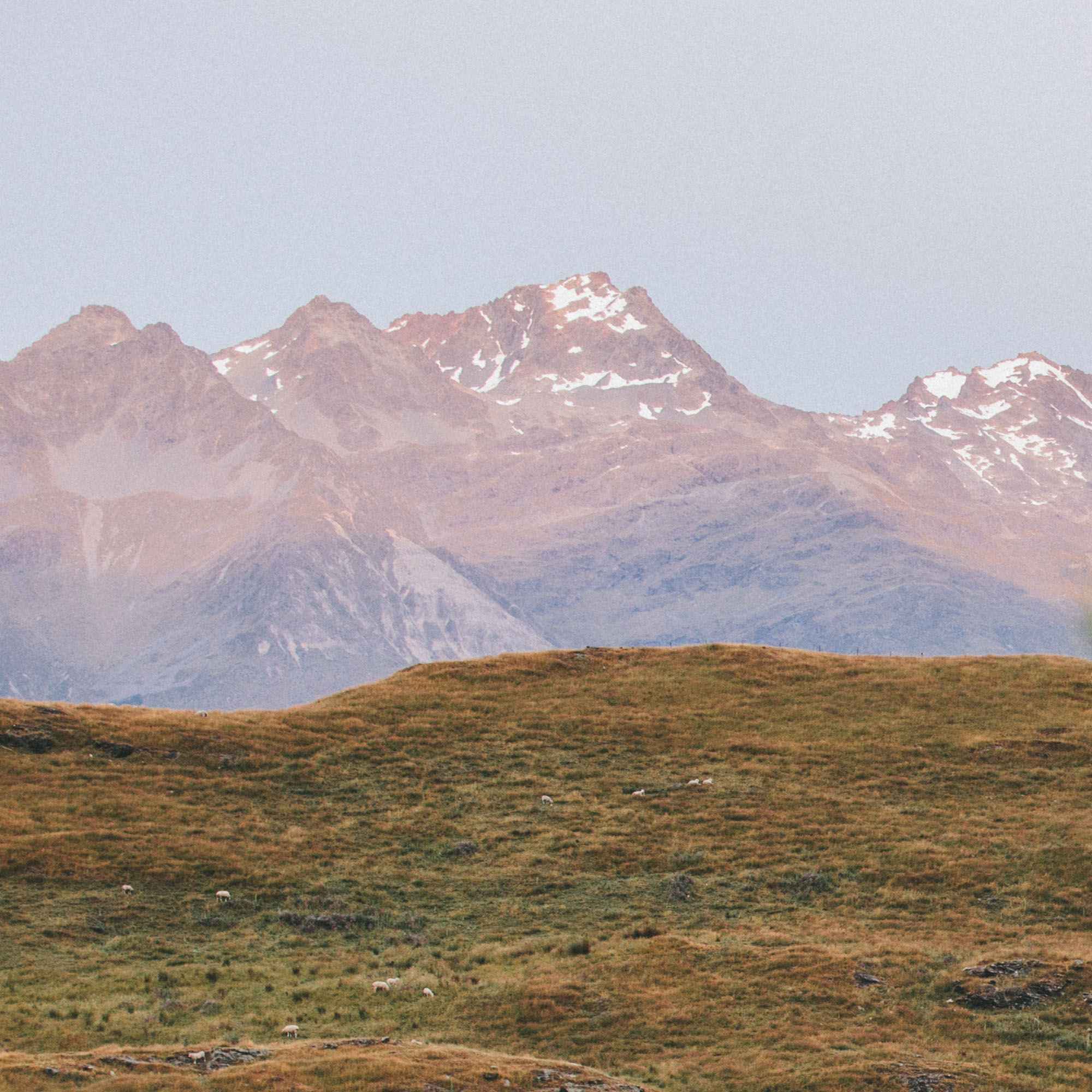KKAA
Kengo Kuma
Kengo Kuma established Kengo Kuma & Associates in 1990. KKAA proposes architecture that opens up new relationships between nature, technology, and human beings. Kengo Kuma’s major publications include Zen Shigoto (Kengo Kuma – the complete works, Daiwa Shobo), Ten Sen Men (“point, line, plane”, and many others. Kengo Kuma is currently a University Professor and Professor Emeritus at the University of Tokyo.
In Kengo Kuma’s Interview with us, he talks about the importance of the conversation between his body and the place, how the section drawings and models hint the relationship between the land and sky, and his insistence of involving craftsmen in the process as early as possible. Kuma also shares with us the lesson from bird nest that we need to build our own “nests” with materials nearby and more.
“In total, we have five small satellite offices all over Japan. The goal of those small offices is to initiate collaboration with the local community, local craftsmen, and local people, and local students. We think that kind of exchange can activate as a place.”
How did you start your office? Can you tell us about the unique satellite offices of KKAA?
I started my practice in Tokyo. Luckily, we had some projects in France, and I opened the Paris office in 2005. After 2005, we started the Beijing office and Shanghai office. After COVID, we want to extend that idea to some small places. And then we started a small satellite in Hokkaido and Okinawa, in the south and north of Japan, and also Okayama, Wakayama, Fukuoka. In total, we have five small satellite offices all over Japan. The goal of those small offices is to initiate collaboration with the local community, local craftsmen, and local people, and local students. We think that kind of exchange can activate as a place. It is another goal of architects, I think. Naturally, some satellite offices have a strong connection with the local craftsmanship. For example, the Hokkaido office is close to the furniture factories, and they are working together to design some special furniture. Also in the Hokkaido office, we are working with the textile companies to create that kind of special connection with the local craftsmanship. Okayama is also very famous for their forest, and maybe in the future, we can work with the carpenters there.
How was the local economy like when you started your practice?
We started our practice in 1986 when the economy was very good. We could find some interesting projects in Tokyo area. But suddenly the kind of bubble economy bursted in 1991 and after that, for ten years we didn't do anything in Tokyo area. All the projects in Tokyo were canceled and then I decided to travel to the countryside of Japan. I did some trips to the mountains, and north and south. And there, I could find very interesting craftsmen. The size of those projects was very very small but the collaboration with the craftsmen taught me many things. And I began to learn how to pick up the beauty of craftsmanship in architectural design. The treasure, real treasure of Japan is craftsmanship. That is my finding in 1990s. And then in 1990s, we only did few projects in the countryside of Japan not in the big city, but it is the most fruitful moment for us, so we learn many things from them and we learn many things about material.
Tokorozawa Sakura Town Kadokawa Culture Museum - Image by Forward Stroke Inc.
Can you share your experience with masonry and how it influenced your approach to architecture?
In 1995, I met a stone company in the countryside. They have a small quarry and the stone is not so shiny. In this case, it is a very very quiet stone, with a quiet texture and quiet color. But that craftsman taught me many things about stone. Before that stone was not so attractive as a material for us because the people are using stone just for decoration on a concrete wall. The stone is a thin decoration. The craftsman I met, he taught me how to use the stone block and a thick stone block can be the material for new masonry buildings. We did some discussion with them and finally redesigned a small stone museum for them. It is totally different from the normal use of the stone. That the stone museum uses masonry structure, but it is a porous masonry structure. It is as if people can feel the solidness, the heaviness of the stone, but at the same time it is still transparent. It is a big challenge for us. It is totally different from the method of the 20th century. But after that, we started to do some experimental design with solid material and solid material also has a big potential as I began to feel.
“For me, the most important thing is the conversation between my body and the place. And the building, after the design, is a result of the conversation, and without the conversation, nothing can happen. ”
What are some of the most important design processes you go through?
For us, the most important process is to visit the site by myself and walk the site by myself and to feel the topography by myself, by my foot. After touching the ground by myself, I can get some inspiration about the flow of nature on the site. The flow of nature includes the flow of wind, the flow of light, and the flow of earth. Those kinds of flows give us big hints for the flow of the design, the flow of the people. The second step is making a physical model of the place, not the building. It can give us the sense of the flow of the land. And after feeling that kind of flow, we can start to design some physical models on the place. And always, the rendering comes in the last phase. The first phase is physical and touching the ground by myself, touching the model by myself. For me, the most important thing is the conversation between my body and the place. And the building, after the design, is a result of the conversation, and without the conversation, nothing can happen. The section is beyond three-dimensional drawing. The section can teach us the relationship between land and sky. Architecture is always between the relationship between land and sky, and only sectional drawings and sectional models can give a hint about the relationship.
Coeda House - Image Credits :Kawasumi-Kobayashi Kenji Photograph Office
How do you approach working with artisans in your design process?
We try to involve the craftsmen as soon as possible because the conversation with the craftsmen needs time and if we leave the design of the material in the last phase, we cannot find time to discuss it with the craftsmen. But for us, we try to involve the craftsmen at the beginning of the design, and we have enough time to have many conversations with them, to make many mockups with them. And the drawing by computer, of course, is necessary for us, but at the same time, we have a second layer of design. Making the mockups, and testing the materials are two lines of design. Combining those two lines, we can complete the design.
Can you tell us about the structure of your firm now?
In total, we have 350 staff members all over the world. In Japan, 250 and outside of Japan 100, Paris, Beijing, Shanghai almost 30-40 each and at the end, the total is 100. And in Japan, mainly, used to be all in Tokyo. But now we have satellite offices, 5 satellite offices. We try to escape from the big city. Escape from the big city, mentally. It is very healthy and also creativity can be pushed up by those places. We try to create a horizontal system, as possible as we can and I want to talk with every young staff. Our way of communication is not formal at all. If there is an urgent question to me, anytime I welcome. For the full office communications, we have, every week as we have a global meeting online. I pick up a staff to explain a recent project. I don't want to separate the offices. And every staff is a designer and manager, construction, a supervisor.
“The portfolio is not perfect. It is a computer drawing. I cannot feel the human behind the drawings. The direct conversation with the person gives a hint about his heart as an architect and architects need some heart.”
How do you select the people working with you?
We are doing a very unique exam. 12 hours exam. We give the site and the program. They start at 10 in the morning and at 10 in the evening, they submit the drawing and model that they did in 12 hours. The next day, I interview by myself, and as he is talking about his project face to face it is kind of a direct communication that can give many hints about his personality. The portfolio is not perfect. It is a computer drawing. I cannot feel the human behind the drawings. The direct conversation with the person gives a hint about his heart as an architect and architects need some heart. Our exam system is used to find his real heart. Through the conversation with them, I can find his potential. Somebody is good for big buildings, and somebody is good for small pavilion projects. I already know the relationship between the building type and the personality when it matches. But at the same time, timing is important. If you finish something and these can encounter.
Which personal qualities have helped you get to where you are today?
I always say to listen to people but at the same time to tell them what I want to do. Both directions are necessary and not one-way direction. It is important for architects; architects should know everything, and the most important thing for architects is communication with the people: communication with the client, communication with the construction companies, and communication with local officers and to be honest, is also very important. Some words from my heart can move the people and this is the way of communication for us. For example, I talked to the craftsmen, what part is the most important part of design. In the drawing, every part looks equal, we try to tell them, we try to teach them the most important part of mine, and it is coming from the heart.
V&A Dundee - Image by Hufton + Crow
“The hint from a bird’s nest is the birds picking the material from his surroundings, not from far. In the 20th century, most architects thought we can bring any material from any place. But I don’t think so. We should go back to the birds that picked up something from the environment close.”
In the past, you have mentioned bird nests and forests as being sources of inspiration in your work. How do these experiences or sensations influence your design process?
The hint from a bird's nest is the birds picking the material from his surroundings, not from far. In the 20th century, most architects thought we can bring any material from any place. But I don't think so. We should go back to the birds that picked up something from the environment close. It is very human; we are picking up by hand and the beauty of the bird’s nest comes from that kind of action. Concrete is totally the opposite from the bird’s nest. Because only big construction companies can use concrete. We should learn the method from birds and those sorts of methods of bird nests are very sustainable, sometimes recycled material. Sometimes we pick up abandoned material. That kind of sustainable approach is the essence of bird nests. In the 20th century, concrete was the easiest material to make big buildings, but it's not an appropriate material for our body. Our bodies don't need that kind of heavy, solid, cold material. The material of our nest should be our friends, an intimate, warm material can be our friend, but we cannot be the friend of the concrete and we cannot be the friend of steel.
You also mention the writings of Murakami as another source of inspiration. How do you translate the feelings of mystery, exploration, and discovery from literature into architecture?
Murakami’s Novel is a model for us always, reading Murakami’s book can give us new hope. The function of architecture should be like that. In the 20th century, the function of architecture was misunderstood but the real function of architecture is to give us hope. And as Murakami taught me a new way of using books and a new way of using architecture should be like that. For example, most city halls are just a concrete box. Nobody wants to go to the City Hall. The City Hall we designed, for example, Nagaoka City Hall, becomes a new public plaza for the people. People want to go to the city hall to meet with friends. And because the space itself gives them a new experience, new relaxation, new comfortableness, and new peacefulness. And that kind of experience was given by the space. And then naturally people gather there. And so the role of the space is very similar to Murakami's novel. Naturally, people gather in the work.
The Tottori Takahama Café - Image by Kawasumi-Kobayashi Kenji Photograph Office
How do you use architectural design to create these sensations?
The material is very important, the warmness, intimate. But at the same time as Murakami’s book, it's a change of experience from our normal, boring world. Our system of the world is repeating the same system and repeating the same material. Very boring. If the people can get in our space, sometimes they can get surprised, sometimes they can get a very different experience like Murakami’s. It goes beyond materials and goes beyond the details. It is kind of a sequential design. We try to give them that kind of spatial sequence from their daily boring life. Some rhythms, and changes of melody are very similar to music, composing music. We always use material as the notes of the music. Using wood is good but how to make a melody with wood, and how to make a rhythm with wood is more important than the wood itself. The important thing for the music is to create a wave. We always think about the big wave and we need the big wave. If the space is consistent, repeating, we cannot survive anymore. Creating that kind of music, people will be moved by the music. It is not as easy to design the music, but it's a very enjoyable process to make some good music.










